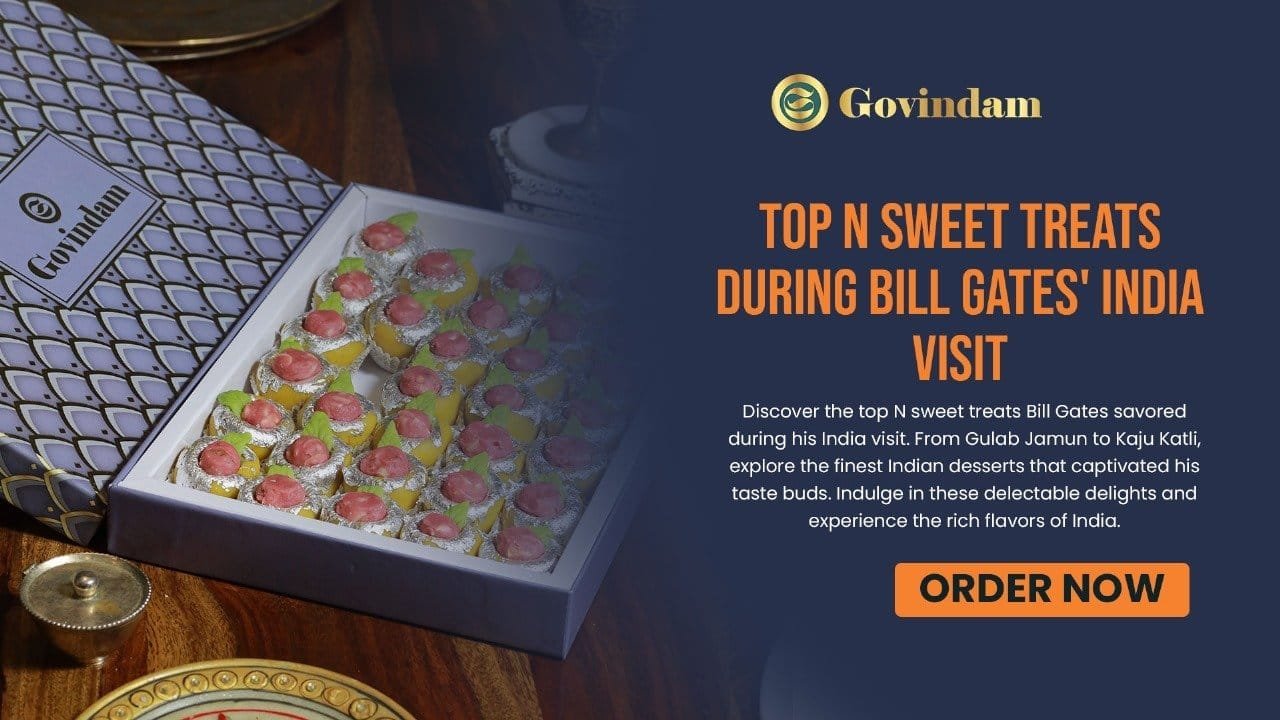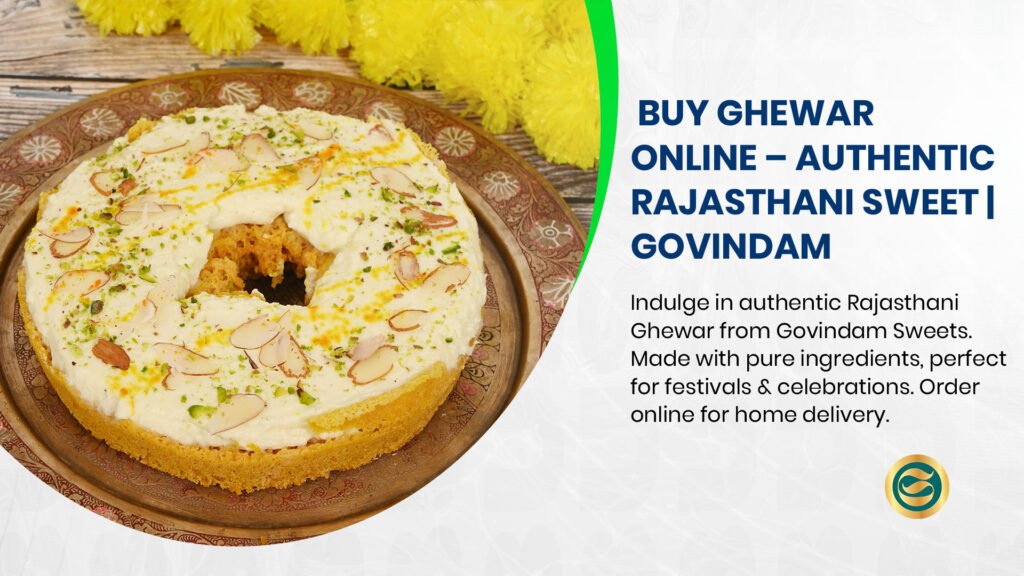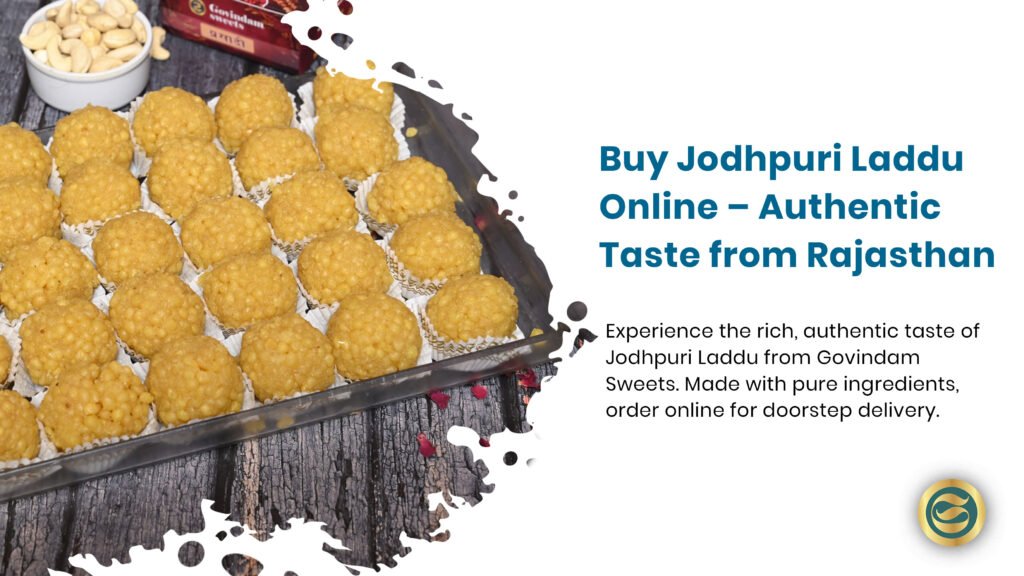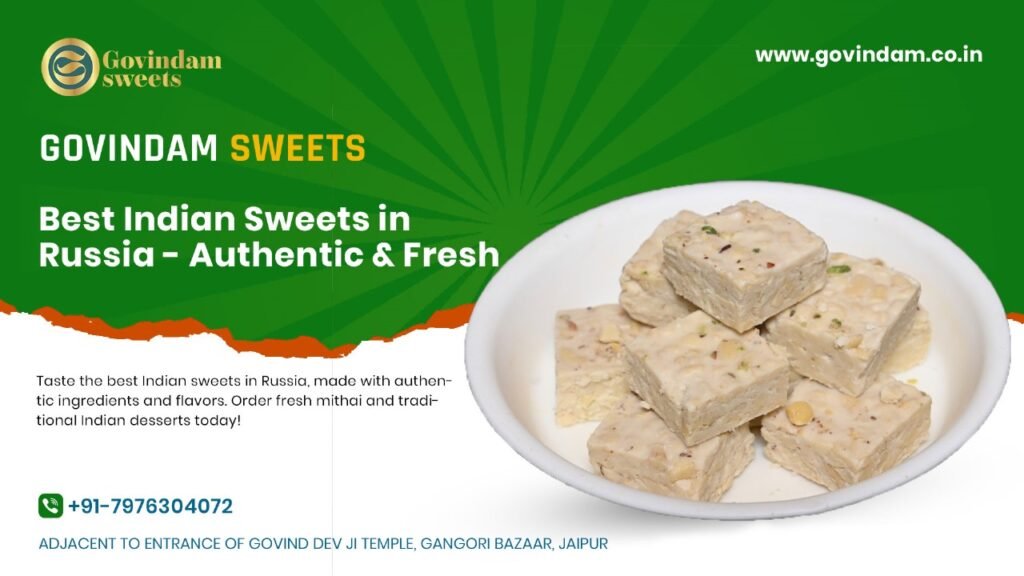
Posts
Sweet Treats Bill Gates India Visit Speculation Cultural Context

Explore purely hypothetical discussion about Sweet Treats Bill potentially featured during high-profile business visits to India, examining cultural hospitality traditions, premium Indian dessert selections for distinguished guests, regional sweet diversity, international accessibility factors, and how traditional confections serve as cultural ambassadors representing India’s magnificent gastronomic heritage.
Top 10 Sweet Treats Bill Gates Enjoyed During His India Visit: A Speculative Exploration
Essential Disclaimer: Entirely Speculative Content Without Verification
This article is completely speculative and hypothetical without any verified information. There is no comprehensive public documentation, credible media reporting, or verified sources detailing specific sweets Bill Gates consumed, preferred, or even encountered during any India visits. This exploration is purely educational, examining general hospitality protocols for high-profile business visitors, discussing premium Indian sweets typically featured for distinguished international guests, exploring regional confectionery excellence, and using this hypothetical framework to celebrate Indian sweet-making traditions and cultural hospitality—rather than claiming any factual knowledge about Bill Gates’ actual experiences, preferences, or consumption patterns during India visits, which remain private matters not subject to public documentation or verification.
Understanding this topic requires acknowledging several realities: high-profile business visitors maintain private schedules with limited public documentation beyond official meetings and announced activities; personal food experiences during private hospitality moments rarely receive media coverage or public disclosure; individual preferences vary enormously regardless of background; and speculation about famous individuals’ private experiences serves primarily as engaging framework for discussing broader cultural topics rather than revealing actual information about those individuals. This exploration honestly embraces these limitations while providing genuine value through examining Indian hospitality traditions, premium sweet selections, regional diversity, and cultural exchange through confectionery excellence.
While Govindam Sweets specializes in authentic Rajasthani excellence through our comprehensive collection including Ghewar and Balwan Laddu, exploring how traditional Indian sweets feature in high-level business hospitality enriches understanding of cultural protocols, regional excellence representation, and how confectionery serves as cultural ambassador regardless of specific individuals’ documented preferences. This examination focuses on hospitality traditions, premium sweet characteristics, regional diversity celebration, and cultural exchange principles—maintaining clear distinction between speculative framework and verified information throughout.
High-Profile Business Visit Hospitality Protocols
Corporate and Cultural Hospitality Standards
High-profile business visits to India—whether by technology leaders, philanthropists, corporate executives, or international investors—involve carefully planned hospitality reflecting both professional protocols and cultural traditions. The hospitality planning typically includes:
Professional Meeting Contexts: Office or corporate settings where refreshments including sweets might feature during breaks, informal discussions, or networking moments—typically emphasizing quality, hygiene, and internationally accessible options.
Cultural Experience Components: Deliberate exposure to Indian culture including cuisine as part of broader relationship building and cultural exchange that international business interactions increasingly value beyond purely transactional discussions.
Private Hospitality Occasions: Dinners, receptions, or social events hosted by business partners, government officials, or cultural organizations where traditional foods including sweets represent Indian hospitality and cultural sophistication.
Hotel and Accommodation Service: Premium hotels serving international guests typically offer both international and Indian options including traditional sweets selected for broad accessibility and quality excellence.
Gift Baskets and Departure Presents: Traditional practice of providing sweet hampers or gift boxes to departing guests as hospitality gesture and cultural keepsake.
These various contexts create multiple opportunities where Indian sweets might feature in high-profile business visitors’ experiences, though actual consumption, preferences, and impressions remain private matters rarely documented publicly except in general terms like “experienced Indian hospitality” without specific food item enumeration.
Considerations for International Business Guests
Hospitality planning for international business visitors considers several factors affecting sweet selections:
Dietary Requirements: Advance coordination regarding allergies, religious restrictions, health considerations, or personal preferences ensuring appropriate options without uncomfortable situations or health risks.
Time Constraints: Busy schedules limiting elaborate dining experiences, favoring convenient easily consumed items during brief breaks or transitional moments rather than extensive tasting experiences.
Cultural Accessibility: Balancing authentic cultural representation with accessibility for international palates potentially unfamiliar with extremely distinctive regional specialties requiring acquired taste or cultural context.
Hygiene and Safety Standards: Ensuring preparations meet international safety and hygiene expectations that distinguished guests and their security/medical staff require for consumption approval.
Professional Appropriateness: Selecting items suitable for business contexts—not excessively messy, overly rich before important meetings, or culturally inappropriate for professional settings.
These considerations create selection criteria favoring certain Indian sweet categories while making others less suitable despite cultural significance or regional pride, explaining why hospitality sweet selections typically emphasize particular preparations over comprehensive regional diversity representation.
Premium Indian Sweets Featured in VIP Hospitality
Category 1: Internationally Accessible Milk-Based Sweets
Kaju Katli (Cashew Fudge): This premium preparation frequently features in high-level hospitality due to mild flavor, fudge-like familiar texture, attractive presentation, hygienic individual piece serving, and near-universal appreciation across diverse international backgrounds. The cashew base provides recognized premium ingredient appeal while moderate sweetness and subtle cardamom create sophisticated rather than overwhelming taste profile.
Milk Barfi Varieties: Plain milk barfi, coconut barfi, or pistachio barfi offer familiar fudge-like formats with straightforward flavors creating comfort for international guests. The quality preparations from reputable establishments demonstrate Indian sweet-making excellence while maintaining accessibility for diverse palates without extreme cultural specificity requiring extensive acquired taste development.
Peda: These compact milk-based sweets offer convenient single-serving format, moderate sweetness, and traditional character without being culturally challenging. Various regional peda varieties (Mathura peda, Dharwad peda) provide options while maintaining fundamental accessibility that business hospitality contexts require.
Category 2: Syrup-Based Accessible Preparations
Gulab Jamun: The fried dough balls in cardamom-scented syrup format partially resembles doughnuts or similar preparations in other cultures, creating familiarity bridge while distinctively Indian character demonstrates cultural authenticity. Warm serving creates sensory appeal and memorable experience that hospitality contexts value.
Rasgulla: Bengali specialty’s light spongy texture, milky flavor, and delicate sweetness offer gentler alternative to richer preparations. The subtle sophistication appeals to refined international palates appreciating balanced rather than aggressive sweetness or richness.
Jalebi: While more distinctively shaped and flavored than previous items, quality fresh jalebi demonstrates Indian sweet-making artistry through characteristic spiral form, crispy-syrupy texture contrast, and vibrant color creating visual and taste interest. The familiarity of fried dough in sweet syrup creates partial recognition despite distinctive Indian preparation method and saffron-scented sweetness.
Category 3: Regional Specialties with Broad Appeal
Mysore Pak: Karnataka’s famous sweet made from gram flour, ghee, and sugar offers distinctive texture between brittle and fudge, creating interest without being extremely culturally challenging. The premium positioning and regional pride associations make it appropriate cultural representation choice for southern India hospitality contexts.
Sandesh: Bengali confectionery excellence through cottage cheese-based sweets with subtle flavors, interesting textures, and sophisticated taste profiles that international gourmets often appreciate for refinement rather than overwhelming richness. Various sandesh varieties (nolen gur sandesh, fruit sandesh) provide options maintaining fundamental accessibility.
Mohanthal: Gujarat’s gram flour specialty demonstrates western Indian sweet-making tradition with rich texture, generous nut garnishing, and festive character. While richer than some alternatives, quality preparation from reputable sources represents regional excellence that hospitality contexts celebrating cultural diversity might feature.
Category 4: Contemporary and Fusion Options
Chocolate Barfi: Fusion preparation combining traditional barfi format with chocolate flavor creates instant international recognition while maintaining Indian sweet-making technique demonstration. This category increasingly features in contexts serving diverse international audiences requiring both cultural representation and broad accessibility.
Fruit-Enhanced Sweets: Contemporary preparations incorporating familiar fruits—mango barfi, mixed fruit sandesh, pomegranate garnishes—create natural flavor recognition while traditional preparation methods maintain cultural authenticity and demonstrate innovation within tradition.
Reduced-Sugar Options: Awareness of international health consciousness and dietary preferences increasingly influences hospitality sweet selections, with quality reduced-sugar traditional preparations accommodating health-conscious guests without completely abandoning cultural sweet traditions.
Category 5: Packaged Premium Brands
Commercially Packaged Quality Sweets: Pre-packaged sweets from established premium brands provide hygiene assurance, consistent quality, convenient storage and serving, and brand recognition that some hospitality contexts prefer over fresh preparations requiring more complex handling and storage protocols.
Export-Quality Preparations: Sweets specifically prepared for international markets often feature in high-profile hospitality due to hygiene certifications, ingredient transparency, international-standard packaging, and overall quality assurance that distinguished guests and their support teams require before consumption approval.
Regional Diversity in Indian Sweet Hospitality
North Indian Sweet Traditions
North Indian sweets frequently featured in hospitality contexts include Delhi’s Bengali Market specialties, Agra’s petha, Lucknow’s traditional preparations, and various regional laddus and barfi varieties. The Mughal influence on North Indian sweet-making created elaborate milk-based preparations and sophisticated flavor profiles that upscale hospitality naturally emphasizes.
Explore our Rajasthani specialties representing North India’s desert state confectionery excellence. Rajasthan contributes distinctive preparations like Ghewar (seasonal specialty), various laddu varieties, and regional preparations demonstrating desert-adapted sweet-making traditions.
Eastern Indian Sweet Excellence
Bengali sweet-making dominance creates natural emphasis in hospitality contexts celebrating eastern India. Sandesh varieties, rasgulla, rossogolla, and various cottage cheese-based preparations demonstrate Bengal’s sophisticated sweet-making traditions that even international audiences recognize as Indian confectionery excellence.
Southern Indian Sweet Traditions
South Indian states contribute distinctive preparations—Karnataka’s mysore pak, Tamil Nadu’s various traditional sweets, Kerala’s unique preparations, and Andhra’s rich sweet traditions. The regional diversity demonstrates India’s vast confectionery landscape while specific selections depend on hospitality location, host preferences, and guest itinerary including regional travel.
Western Indian Contributions
Gujarat, Maharashtra, and Goa contribute distinctive sweet traditions—Gujarati mohanthal and basundi, Maharashtrian puran poli and modak, Goan traditional sweets reflecting Portuguese influences. These western contributions add diversity to hospitality selections showcasing comprehensive national excellence rather than single regional tradition dominance.
Cultural Significance of Food Hospitality
Traditional Indian Hospitality Values
Indian culture places profound importance on guest hospitality embodied in “Atithi Devo Bhava” (guest is god) philosophy making food service crucial component of host-guest relationships. This cultural value means sweet offerings during visits represent more than mere refreshment—they communicate respect, demonstrate cultural pride, express welcome, and fulfill cultural obligations that Indian hosts take seriously regardless of guests’ backgrounds or potential appreciation levels.
The sweet selection, preparation quality, presentation standards, and service timing all carry cultural meanings that Indian hosts carefully consider while international guests might experience primarily as pleasant refreshments without fully appreciating deeper cultural significance. This asymmetry doesn’t diminish either perspective—hosts fulfill cultural values and express respect through proper hospitality while guests enjoy quality preparations and cultural experiences regardless of complete cultural context understanding.
Business Relationship Building Through Food
Modern business culture increasingly recognizes food’s role in relationship building beyond mere nutrition—shared meals create informal contexts facilitating personal connections, cultural exchange demonstrates respect and interest, memorable food experiences create positive associations with business partners and locations, and overall hospitality quality affects relationship atmospheres influencing subsequent professional interactions. These functions make hospitality planning important component of international business engagement rather than trivial detail unworthy of careful attention.
Limitations of Speculation and Sweet Treats Bill Ethical Considerations
Why Specific Information Remains Unavailable
Several factors explain why specific information about high-profile individuals’ food experiences during India visits rarely becomes public knowledge:
Privacy Protection: Personal experiences including meals remain private matters even for public figures unless deliberately shared through personal statements or authorized communications.
Security Protocols: Detailed information about schedules, locations, food sources, and consumption patterns affects security planning making public disclosure inappropriate for safety reasons.
Professional Focus: Media coverage and public communications emphasize business meetings, philanthropic activities, policy discussions, or other substantive matters rather than personal experiences like food consumption.
Cultural Sensitivity: Detailed food discussion might seem trivial or disrespectful compared to serious purposes motivating high-level visits—business investments, philanthropic programs, policy engagement, or cultural exchange initiatives.
Limited Newsworthiness: Personal food preferences lack broader public significance justifying media coverage or public interest beyond celebrity gossip or entertainment contexts that serious business journalism typically avoids.
These factors create information vacuum that speculation attempts filling despite lacking factual foundation, making explicit disclaimer and speculative acknowledgment essential for ethical communication avoiding misinformation while engaging with topics generating public curiosity.
Alternative Educational Approach
Rather than speculating about specific individuals’ experiences, more productive approach examines Indian hospitality traditions generally, discusses premium sweet categories typically featured for distinguished international guests, celebrates regional confectionery excellence, and explores cultural exchange through food hospitality—providing genuine educational value without requiring speculation about individuals’ private experiences or making unverifiable claims about famous figures’ preferences, impressions, or consumption patterns.
This evidence-based educational approach examines documented hospitality traditions, discusses quality sweet makers serving premium markets, analyzes flavor profiles suitable for international palates, and celebrates cultural heritage—actionable insights for traditional sweet makers, hospitality professionals, cultural exchange organizations, and curious audiences interested in Indian confectionery excellence beyond celebrity speculation’s limited substance.
The Govindam Sweets Commitment to Excellence
Quality Worthy of Distinguished Occasions
While we cannot claim direct connection to any specific high-profile visits or famous individuals’ experiences, Govindam Sweets maintains quality standards making our preparations appropriate for any prestigious context requiring traditional excellence. Our generations of heritage expertise, authentic preparation methods, quality ingredient commitments, and cultural authenticity ensure products worthy of representing Rajasthani confectionery tradition whether serving everyday customers, festival celebrations, or any context requiring premium quality Indian sweets.
Visit our online platform exploring authentic Rajasthani preparations including Ghewar varieties and Balwan Laddu representing desert state’s finest sweet-making traditions. Our commitment to excellence ensures every customer receives quality products honoring traditional standards regardless of occasion or purchaser background.
Supporting Cultural Heritage Preservation
The pride we take in Rajasthani traditional excellence reflects broader importance of preserving regional sweet-making heritage across India. Whether preparations potentially feature in high-profile hospitality contexts or serve everyday community consumption, maintaining authentic quality standards, traditional preparation methods, and cultural respect matters for heritage preservation and future generation transmission. Supporting quality traditional sweet makers throughout India contributes to cultural preservation and artisan community sustainability transcending any hypothetical celebrity connections or famous figures’ speculated preferences.
Contact us about franchise opportunities extending traditional excellence to new markets and communities through proven systems and comprehensive support.
Conclusion: Celebrating Indian Hospitality and Confectionery Excellence
This speculative exploration reveals more about Indian hospitality traditions, premium sweet selection criteria, regional confectionery diversity, and cultural exchange through food than about any specific individual’s documented experiences. The complete absence of verified information combined with privacy considerations and limited public documentation makes definitive statements impossible and inappropriate. However, the broader examination—understanding hospitality protocols, identifying internationally accessible sweet characteristics, celebrating regional excellence, and recognizing cultural values underlying Indian guest hospitality—provides genuine educational value transcending celebrity speculation’s superficial engagement.
The significance lies not in hypothesizing what any famous individual experienced but in appreciating how Indian sweets represent cultural heritage worthy of celebration, how hospitality traditions express profound cultural values, how regional diversity creates magnificent confectionery landscape, and how traditional excellence creates universal appreciation transcending cultural specificity through quality craftsmanship and authentic preparation. Whether consumed by international business leaders, tourists, or everyday Indian families, traditional sweets carry meanings—cultural identity, artisan expertise, hospitality expression, celebration markers—more important than any famous figure’s hypothetical experiences or preferences.
Rather than speculating about celebrities’ experiences, celebrate actual traditional excellence through thoughtful consumption, quality appreciation, and support for artisan sweet makers maintaining heritage standards—meaningful engagement with Indian confectionery tradition that creates genuine cultural participation and heritage preservation supporting communities and traditions deserving recognition regardless of hypothetical famous figures’ undocumented experiences or private preferences that remain appropriately private matters not subject to public speculation masquerading as factual reporting.
Indian sweets deserve celebration for their own excellence, cultural significance, artisan craftsmanship, and heritage value—not because of whose favorites they might hypothetically be or who might have potentially consumed them during private moments that public speculation cannot verify and should respect as legitimately private experiences even for public figures whose professional activities appropriately receive public attention while personal experiences deserve privacy protection regardless of public curiosity or media interest in celebrity-related content.












